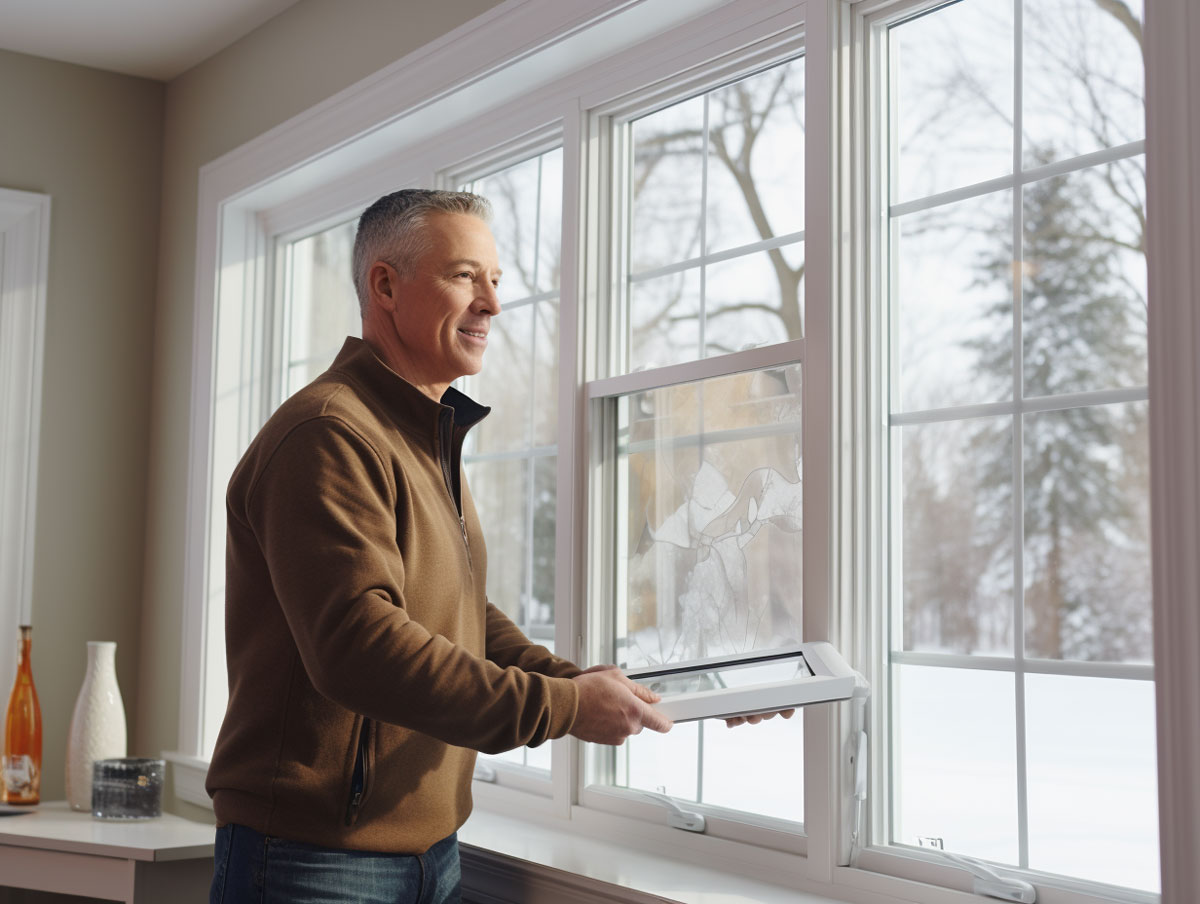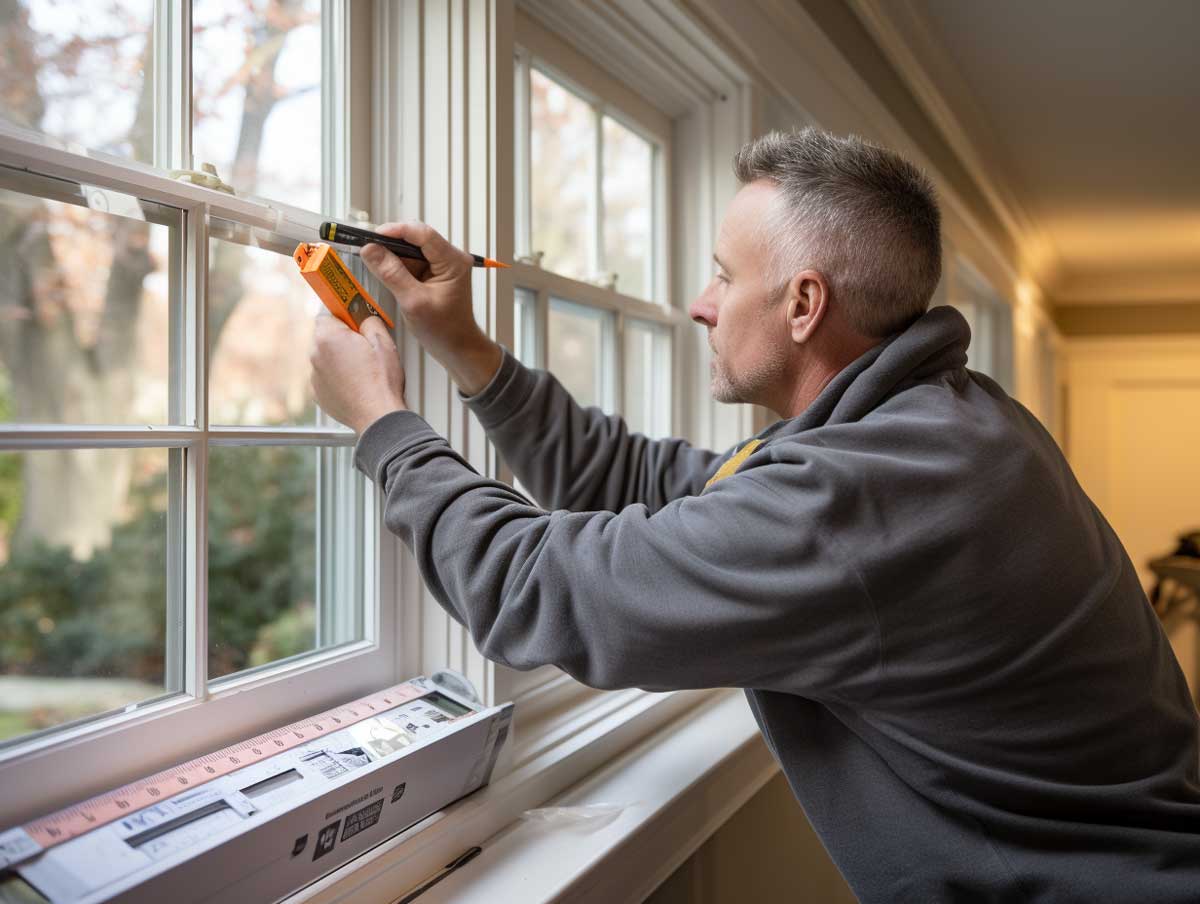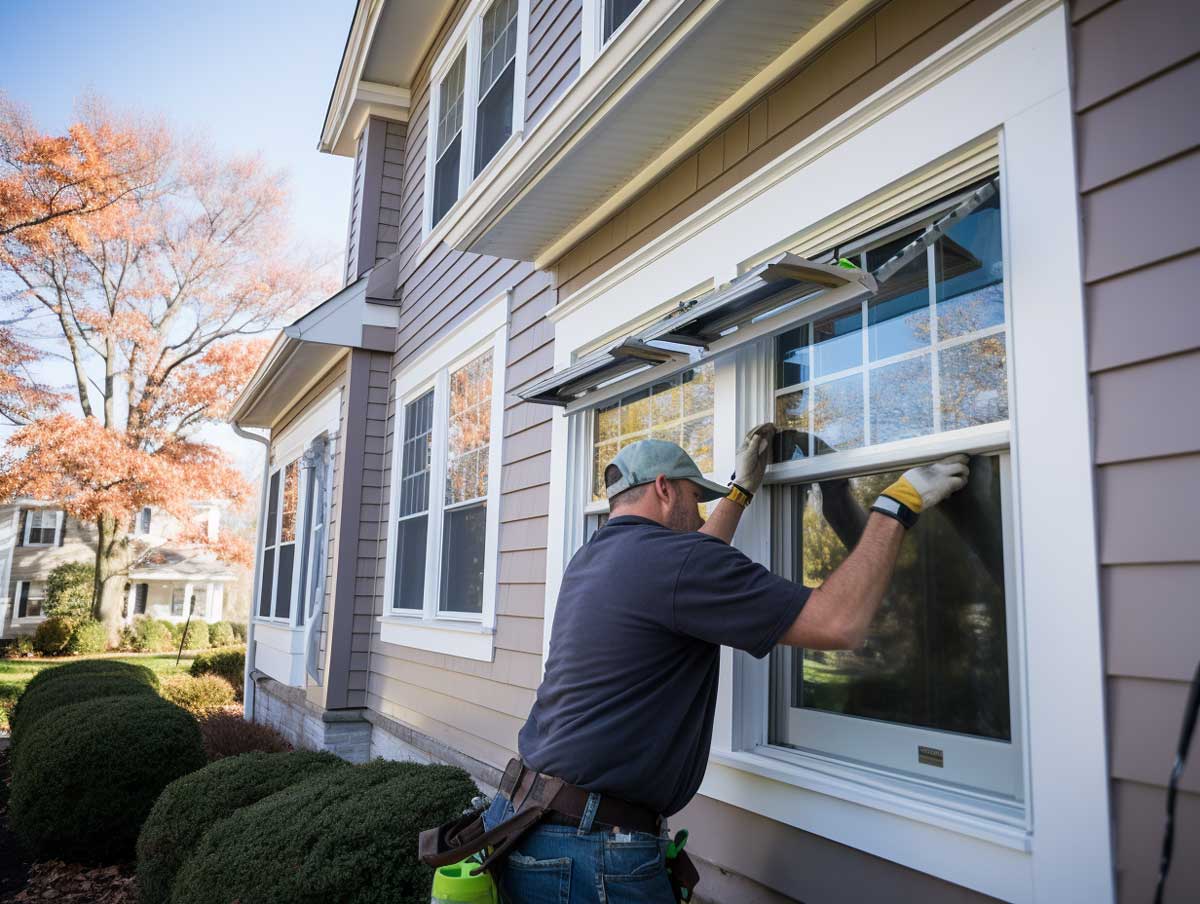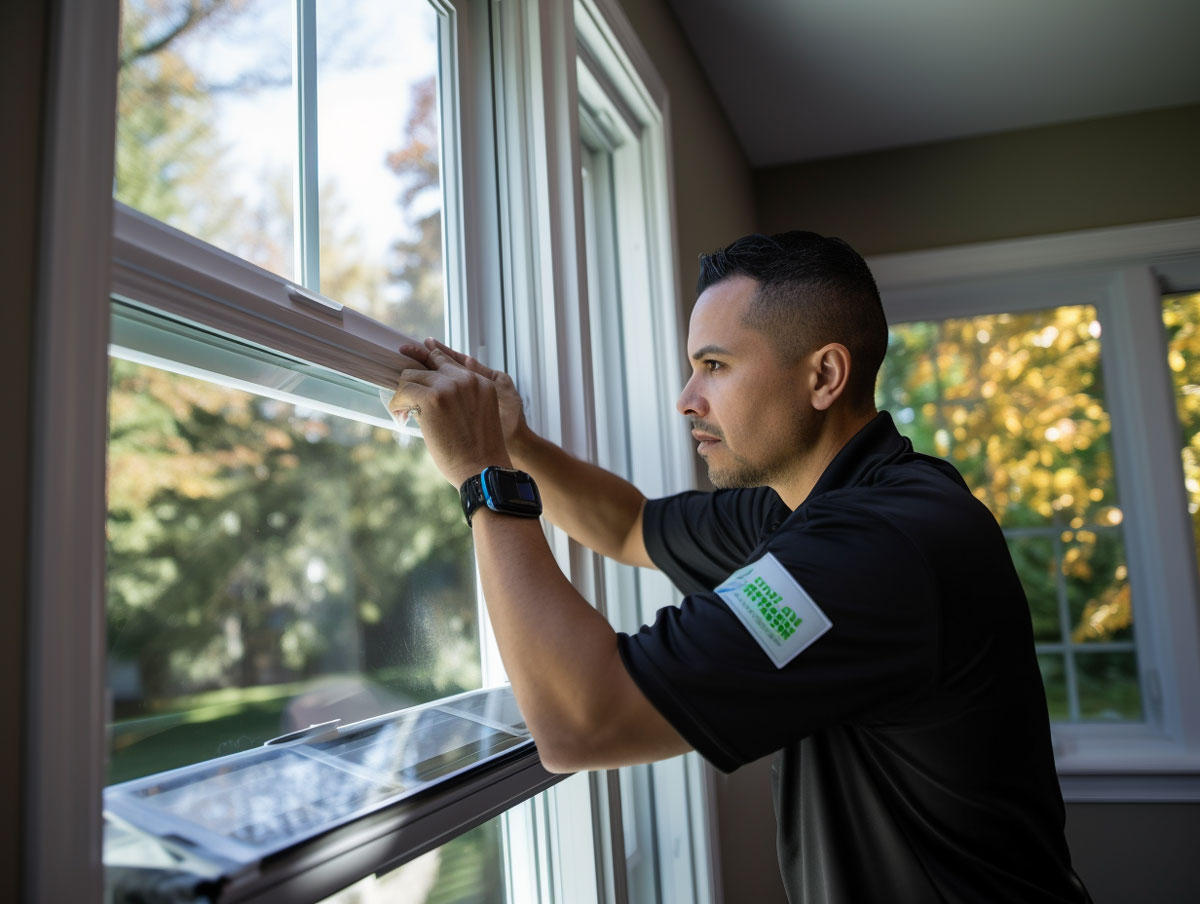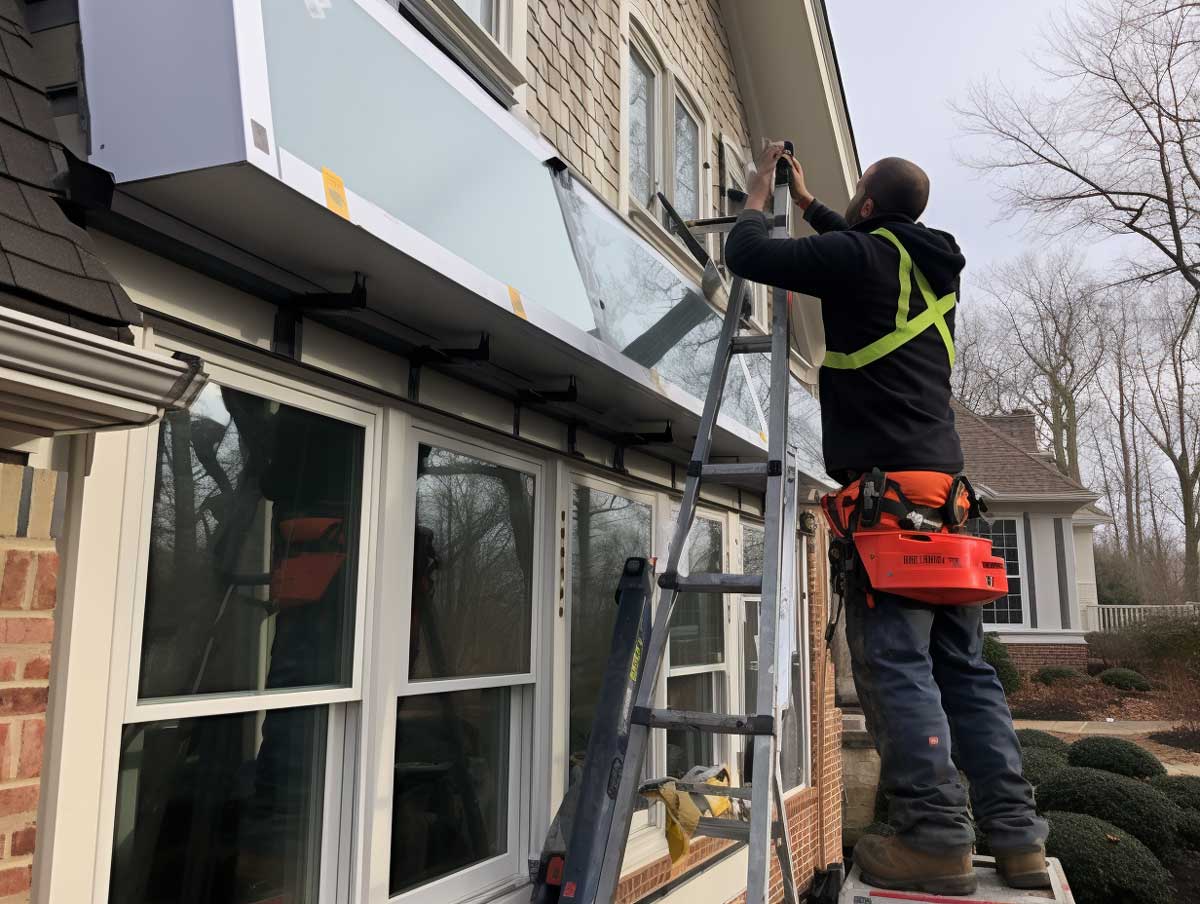When it comes to maintaining a comfortable home environment, the Heating, Ventilation, and Air Conditioning (HVAC) system plays a pivotal role. Over time, these systems wear out, leading to frequent repairs. And if not maintained, it might end up in costly repairs. But sometimes, even consistent maintenance can't prevent the inevitable - the need for replacement. The cost of replacing a furnace and air conditioner can vary significantly based on various cost factors.
This blog explores the cost of furnace and air conditioner replacement. Understand the factors that influence the cost.
The Cost Of Furnace Replacement
The cost of replacing a furnace depends on the type of furnace, its efficiency rating, and the complexity of the installation process. Gas furnaces tend to be a common type used in averaged-sized homes. There's also the electric furnace and the oil furnace. On average, homeowners can expect to pay between $2,500 and $7,500 for a new furnace. High-efficiency models can cost more upfront but can result in energy savings due to lower energy bills.
Types Of Furnaces
There are three main types of furnaces: single-stage, two-stage, and modulating. Single-stage furnaces are the least expensive but also the least efficient. Two-stage furnaces offer better efficiency and comfort but come at a higher cost. Modulating furnaces provide the highest level of comfort and efficiency but are the most expensive.
The Cost Of Air Conditioner Replacement
Considering the square footage of your home is essential when thinking about an air conditioning unit replacement. The unit size required for a larger home will be different from a smaller one. The cost of replacing an air conditioner, like a furnace, can vary widely. On average, homeowners can expect to pay between $2,500 and $7,500 for a new air conditioner. The installation price can increase if the installation is complex or if the homeowner chooses a high-efficiency model.
Types Of Air Conditioners
Air conditioners come in various types, including central air conditioners, ductless mini-split air conditioners, and heat pumps. Each type has its own set of advantages and disadvantages, which can affect the overall cost of installation.
Additional Costs To Consider
When replacing a furnace and air conditioner, there are additional costs to consider. These can include the cost of removing and disposing of the old system, any necessary modifications to the home's ductwork, and any required permits or inspections. Not to forget, the evaporator coil, which is an essential part of the indoor unit of an air conditioner, may also need replacement. Also, a poor condition of the outdoor unit can lead to additional costs.
The Importance Of Professional Installation
Professional installation is crucial when replacing a furnace and air conditioner. A poorly installed system can lead to decreased indoor air quality, increased energy costs, and a shorter lifespan for the system. Therefore, it's essential to factor in the cost of labor and professional installation price when considering the total cost of installation.
Factors In Calculating HVAC Unit Replacement Cost
When considering the cost of HVAC unit replacement, several factors come into play. These can significantly impact the final price, making it differ from the national average.
New Unit
New HVAC systems cost between $1,000 and $10,000, depending on the brand and size of the unit. A new furnace typically costs between $1,000 and $4,000, while an air conditioner ranges from $1,500 to $8,000. It's worth considering that a newer, more energy-efficient model may save money on energy bills in the long run.
Labor Costs
Labor can run from $500 to $2,500, and this price is usually included with the overall installation costs. Depending on the size and complexity of the installation, the job can take between 6 and 10 hours if the old HVAC system is being replaced with a new one. If new ductwork is needed, the installation could be extended by 1 to 3 days.
Installation And Accessibility
There are three types of installations for an HVAC unit: a change-out installation that includes a new heating and cooling system, a full installation that includes all HVAC equipment and ductwork, and a full install that also includes a zoning system and any other additional features. The more difficult it is to access the existing HVAC system, the more expensive the replacement will be. If the HVAC unit is in a historic home, in a small attic or an attic with blown-in insulation, or if the HVAC unit requires custom-made pieces, it will add to the price of the installation.
Removal And Disposal
HVAC unit replacement cost typically includes the price of removal and disposal of the existing unit. Homeowners will want to check with the HVAC professional that’s handling their replacement on how they charge for removal and disposal.
Climate
The climate in a home’s geographic location also impacts the overall price of HVAC unit replacement cost. Residential furnaces typically run between 35,000 to 100,000 BTUs (British thermal units). One BTU is equal to the heat of one match. For homeowners who live in a hotter climate, the BTU output for cooling will increase by 10 percent. For homeowners who live in a dry climate, it will cost extra to add a humidifier to the HVAC unit.
Additional Costs And Considerations
When budgeting for HVAC unit replacement costs, there will be additional price factors and considerations. These include ductwork; adding zones, insulation, or a thermostat; additional add-ons and upgrades; furnace and air conditioner replacement; asbestos removal; and the savings from rebates.
Ductwork
HVAC duct replacement costs between $500 and $2,000. If only a section of the ductwork needs to be replaced, homeowners can expect to pay between $10 and $20 per linear foot. Ductwork installation can add between 2 and 4 days of labor. It’s a good idea for a homeowner to replace the ductwork if they’re replacing the entire HVAC system to ensure the ductwork is free of dust and allergens and to safeguard that the system is leak-free.
Adding Zones
Adding zones to an existing HVAC system can raise the price by $2,000 to $3,000. If a homeowner installs a new system, the costs can range from $7,500 to $12,500. A zoned system uses a specific thermostat for each zone of a house. Dampers in the ductwork open and close according to the needs of each particular zone based on how much heating and cooling is needed in that area.
Insulation
Insulation is typically not part of an HVAC unit installation, but those who live in an older home where the rooms are cold and drafty in the winter, and the upper floors and attic are sweltering in the summer, may want to consider it. Insulation costs can run from $1,000 to $2,100, but it can lower heating and cooling costs by 10 to 15 percent.
Thermostat
Thermostat installation can cost from $125 to $275, depending on the type. Many HVAC professionals will include a new thermostat with the purchase of a new AC unit, heat pump, or furnace. Smart thermostats or ones that connect via Wi-Fi can run an additional $100. A programmable thermostat that regulates heating and cooling is much more efficient than a standard manual one.
Add-Ons And Upgrades
Installing a new HVAC system with extra add-ons and upgrades can run from $13,000 to $17,000. With all the additional features, the project can take from 4 to 7 days to complete. Some add-ons are a zone system, a whole-house humidifier, UV lighting, or a variable speed fan.
Cost Of Furnace And Air Conditioner Replacement
The cost to replace a furnace is between $2,600 and $6,300. Homeowners will want to keep in mind that high-efficiency furnaces cost more, and if any ductwork needs to be repaired or replaced, that will increase the cost of the project. Central air installation runs from $3,800 to $7,500, not including ductwork. The overall price depends on the size of the air conditioner and whether any repairs need to be done to the existing HVAC system. A furnace and air conditioner combination replacement is cost-effective if repair prices come close to 30 percent of the cost of a whole new HVAC unit. Combination prices depend on the rating, brand, and labor prices in the homeowner’s area.
Asbestos Removal
If asbestos is found in a home, the homeowner will need to hire a professional asbestos removal company to extract and remove it. In some states, only a licensed professional can remove asbestos from a home. This is to ensure the safety of the home’s residents. Asbestos removal costs between $500 and $1,000.
Rebates
Rebates can help homeowners save up to $3,000 on the cost of buying and install an HVAC unit. Some HVAC companies offer savings on the more expensive options, such as a zone system, and many local energy companies offer discounts or rebates on upgrading or replacing an HVAC system, especially if it’s an energy-efficient option.
Understanding The Cost Of HVAC Replacement
HVAC replacement costs typically range from $5,000 to $11,000, inclusive of a new furnace and AC unit. If you're installing a new HVAC system with ductwork, the cost can escalate to between $7,000 and $16,000. The final price depends on various factors, such as the size of the house, the length of the ductwork, and the size, type, and brand of the HVAC system.
Replacement Type And Cost
Different types of HVAC replacements come with varying costs. For instance, an HVAC replacement without new ductwork installation costs between $5,000 and $11,000. This process, known as a change-out, usually takes a day and is only advisable if the existing ductwork is in excellent condition.
On the other hand, an HVAC installation with ductwork costs between $7,000 and $16,000 and takes about 3 to 5 days. This is typically necessary when the ductwork is over 10 to 20 years old or requires repairs or replacement during an HVAC system upgrade.
Lastly, an HVAC installation with add-ons can cost between $9,500 and $18,500 and takes about 4 to 7 days. These add-ons could include a zoning system, a whole-house humidifier, or a UV light filter.
Cost Per Square Foot
The cost of an HVAC system is usually calculated per square foot, including a new furnace, AC unit, and installation. For a 2,000 square foot house, the cost of replacing an HVAC system ranges from $6,000 to $12,000.
Cost By Unit
The cost to replace an HVAC system also depends on the type of unit. For instance, the average cost to replace a central air conditioner is between $2,500 and $7,500. A ductless mini-split HVAC can cost between $3,000 and $10,000, while a furnace ranges from $2,000 to $5,400. Heat pumps typically cost between $3,800 and $8,200, and geothermal heat pumps can range from $15,000 to $35,000. Other units such as boilers, baseboard heaters, radiant floor heating systems, whole-house fans, and window AC units also have varying costs.
Commercial HVAC Cost
Installing a commercial HVAC system can cost between $6,000 and $30,000 or more, depending on the type, building size, and layout. Commercial HVAC pricing averages between $15 to $30 per square foot for office buildings or $17 to $22 per square foot for recreational buildings.
Frequently Asked Questions
To provide a better understanding of the cost of furnace and air conditioner, we have addressed some of the more common queries people have.
What is the average cost of HVAC replacement?
The average cost of HVAC replacement typically ranges from $5,000 to $11,000, inclusive of a new furnace and AC unit. If you're installing a new HVAC system with ductwork, the cost can escalate to between $7,000 and $16,000.
How does the size of the HVAC system affect the cost?
The size of the HVAC system refers primarily to its cooling capacity. The larger the system, the higher the equipment cost due to inadequate cooling capabilities for the intended interior space. Conversely, undersized units with too small of a cooling capacity may constantly run, resulting in ineffective cooling and increased cost of monthly utilities.
What is a SEER rating, and how does it affect the cost of an HVAC system?
The Seasonal Energy Efficiency Ratio (SEER) is used to rate the efficiency of air conditioning systems. The higher the SEER rating, the more energy-efficient the unit. While systems with higher energy efficiency are typically more expensive, they are less costly to operate, and the added cost of the equipment is essentially paid through lower monthly electricity bills.
What additional installations can affect the cost of HVAC installation?
Additional installations that can affect the cost of HVAC installation include add-ons to the system and simultaneous heating system replacements. Add-ons could include ultraviolet air purifiers and humidification systems or dehumidification systems.
How does the condition of existing ductwork affect the cost of HVAC installation?
The presence and condition of existing ductwork in a living space can significantly impact the cost of your new system installation. If the home requires new ductwork installation or duct replacement, the cost of your new system installation will likely increase.
What is the cost of HVAC replacement per square foot?
The cost of an HVAC system is usually calculated per square foot, including a new furnace, AC unit, and installation. For a 2,000 square foot house, the cost of replacing an HVAC system ranges from $6,000 to $12,000.
Commercial buildings also have unique HVAC needs, which are distinct from residential buildings. Their HVAC systems typically prioritize indoor air quality to ensure a comfortable working environment for all occupants.
Understanding The Cost Of Furnace And Air Conditioner Replacement
Replacing a furnace and air conditioner is a significant investment. By understanding the various factors that can affect the cost, homeowners can make informed decisions and ensure they get the best value for their money. Keeping the system at a consistent temperature can also ensure longevity. However, if your system requires frequent repairs, it might be time to consider replacement.
Explore our resources to learn more about home improvement aid programs. Check out Gov Relations and our guide to home improvement loans Texas.


